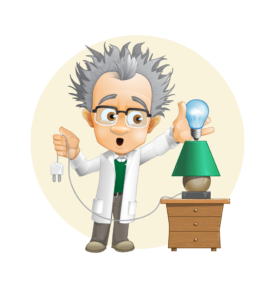Researchers from the University of Pittsburgh have found that exposure to long-wavelength red light could reduce the risk of dangerous blood clots by up to 75% in mice, suggesting a potential new approach to preventing thrombosis in humans. Current treatments primarily use blood thinners, which can pose risks, particularly for certain patients. In their study published in the Journal of Thrombosis and Haemostasis, the team observed that mice exposed to red light developed smaller blood clots and exhibited reduced inflammation and platelet activation compared to those exposed to white or blue light. Additionally, preliminary analysis of cataract surgery patients indicated that those receiving lenses that filter out blue light had a lower risk of clotting, particularly among cancer patients. The researchers plan to conduct clinical trials and develop specialized red light goggles to explore this promising preventative measure further, which could significantly alter current treatment protocols and reduce the prevalence of preventable hospital deaths due to blood clots.
Annual Impact of Dangerous Blood Clots on 22 Million: Can Light Therapy Provide a Solution?

Read More


